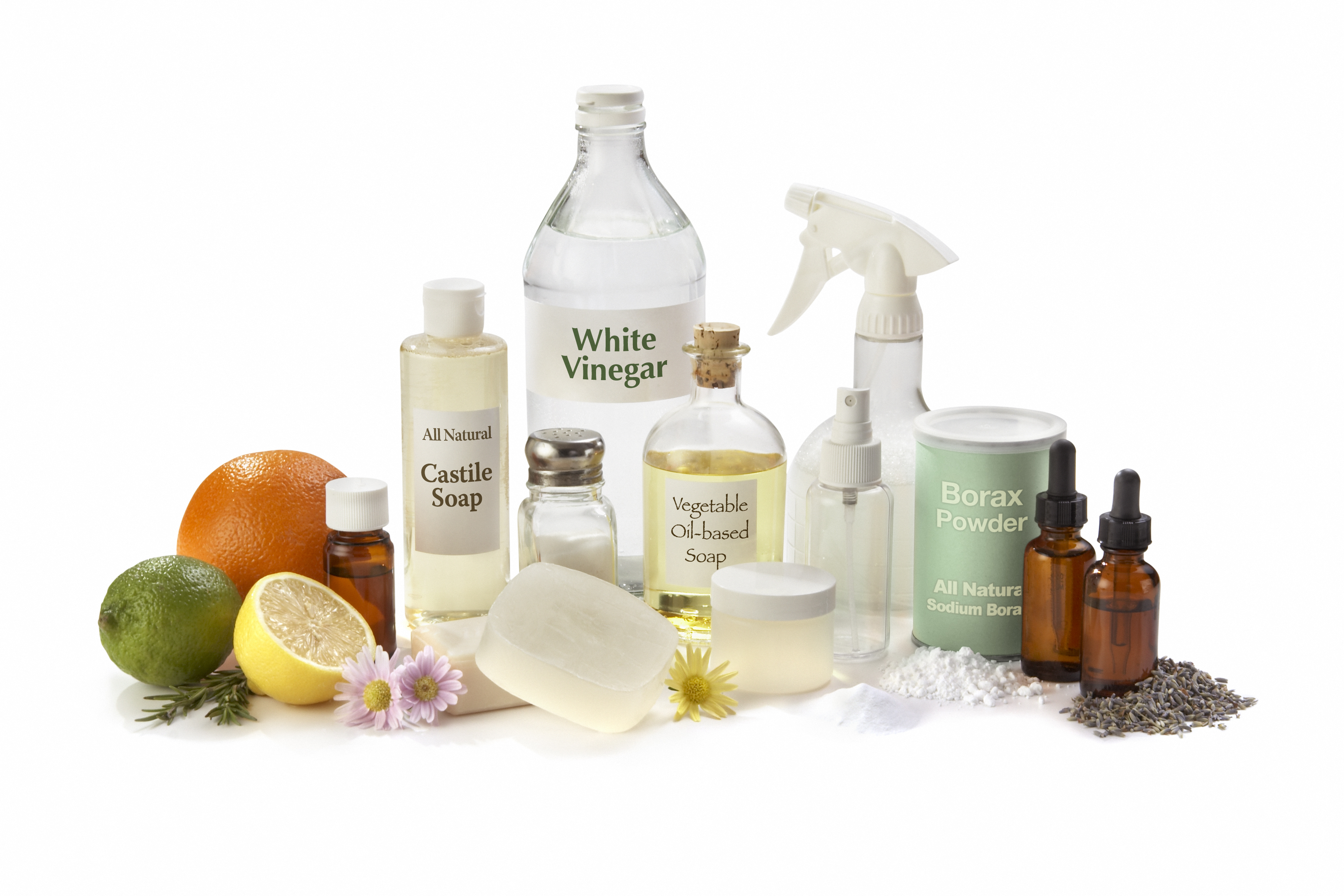
Alternatives to Traditional Cleaning Products
You can minimize environmental impacts and protect your pocket, by using the following simple household alternatives to harmful products:
| Product | Household Alternative |
| General cleaner |
|
| Surface cleaner |
|
| Degreaser |
|
| Dish cleaner |
|
| Window cleaner |
|
| Floor cleaner |
|
| Fiberglass cleaner |
|
| Aluminum cleaner |
|
| Brass cleaner |
|
| Copper cleaner |
|
| Chrome polish |
|
| Hand cleaner |
|
| Head and shower |
|
| Stainless steel cleaner |
|
| Scouring Powders |
|
| Rug/Upholstery cleaner |
|
| Teak cleaner |
|
| Fiberglass stain remover |
|
| Mildew removers |
|
| Wood polish |
|
| Drain opener |
|
| Paint Products |
|
| Wood Preservatives and stains |
|
*While baking soda, vinegar, lemon juice, and vegetable oils are far less harmful than bleaches, scouring powders and detergents, they can still be toxic to aquatic life. Use all cleaning products sparingly and minimize the amount discharged into the water. Never dispose of any cleaning products down the thru-hull drain; dispose of them on shore!
These alternatives have not been tested by either the California Coastal Commission or the California Division of Boating and Waterways. They are offered as suggestions. The sources that were relied upon to develop these suggestions are cited below.
- Center for Marine Conservation, U.S. Coast Guard, U.S. Coast Guard Auxiliary, “Tips to Keep Your Boat in Top Shape.”
- Flynn, A. A. and Rory E. Kessler. 1992. “A Consumer Guide to Safer Alternatives to Hazardous Household Products.” Take Me Shopping. Department of Planning and Development, Santa Clara County, p. 33.
- HometownAnapolis.com, Boat Cleaning Tips, 2000. http://www.capitalonline.com/parks/boating.html
- Gordon, Miriam. 1996. Marin County’s Guide to Environmentally Sound Practices in the San Francisco Bay and Delta,” Marin County Hazardous and Solid Waste Management Authority.
- Maryland Clean Marina Initiative. 2000. “Vessel Cleaning and Maintenance.” http://www.dnr.state.md.us
